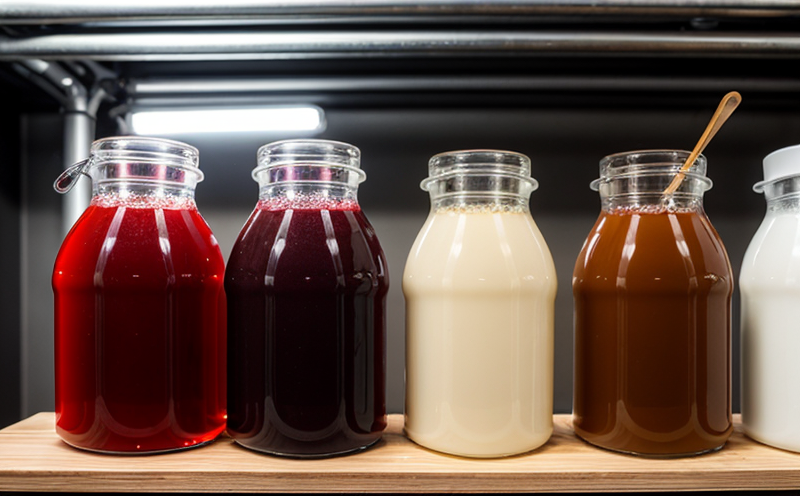Viscosity change during curing
Understanding Viscosity Change during Curing Unlocking Process Optimization for Your Business
As industries continue to advance and innovate, the importance of precise process control has never been more critical. In the realm of materials science, one crucial aspect that often goes overlooked is viscosity change during curing. This phenomenon can significantly impact the final products quality, shelf life, and overall performance.
Viscosity change during curing refers to the alteration in a materials thickness or flowability as it undergoes a chemical reaction, such as polymerization or cross-linking. This change can occur due to various factors, including temperature, time, and additives. Understanding and controlling viscosity change is essential for ensuring consistent product quality, reducing waste, and improving manufacturing efficiency.
Why Viscosity Change during Curing Matters
In the production of adhesives, coatings, inks, and other materials, viscosity plays a vital role in determining their final properties. When these substances undergo curing, their viscosity can change significantly, affecting their
Flowability Changes in viscosity can impact the materials ability to flow smoothly through nozzles or onto surfaces.
Thickening time Excessive thickening can cause clogging issues and reduced application rates.
Cure time Faster or slower curing times can affect product performance, shelf life, and stability.
The Benefits of Viscosity Change during Curing Analysis
By understanding the viscosity change during curing, your business can
Optimize production processes Accurate predictions enable you to adjust processing parameters for improved efficiency.
Reduce waste and costs Minimizing rework, retesting, and reformulation saves time and resources.
Improve product quality Reliable viscosity control ensures consistent final product properties.
Here are some key benefits of using Viscosity change during curing analysis
Enables precise process optimization
Helps predict shelf life and storage stability
Facilitates cost reduction through minimized waste and rework
Enhances product performance and reliability
Provides critical insights for reformulation and development
Expert Insights QA on Viscosity Change during Curing
We have addressed some of the most common questions regarding viscosity change during curing
Q What causes viscosity change during curing?
A Factors such as temperature, time, additives, and chemical reactions can contribute to changes in viscosity.
Q How does Eurolabs Viscosity Change during Curing analysis benefit my business?
A Our expert analysis provides critical insights for process optimization, cost reduction, and product quality improvement.
Q What types of materials are typically analyzed using this service?
A We specialize in analyzing adhesives, coatings, inks, and other substances where viscosity control is crucial.
Empowering Your Business with Eurolabs Viscosity Change during Curing Analysis
Eurolab is committed to delivering precise, reliable, and actionable insights for industries relying on materials science. Our team of experts will guide you through the analysis process, providing customized recommendations tailored to your specific needs. By leveraging our expertise in viscosity change during curing, your business can
Reduce production costs and improve efficiency
Enhance product quality and shelf life
Stay ahead of competition with data-driven decision-making
Stay Ahead with Eurolab
Dont let the complexities of materials science hold you back. Partner with Eurolab to unlock process optimization, minimize waste, and maximize your businesss potential.
If you have any questions or would like more information on our services, please dont hesitate to get in touch.
Were excited to collaborate with businesses like yours to drive innovation and growth through the power of materials science analysis.




